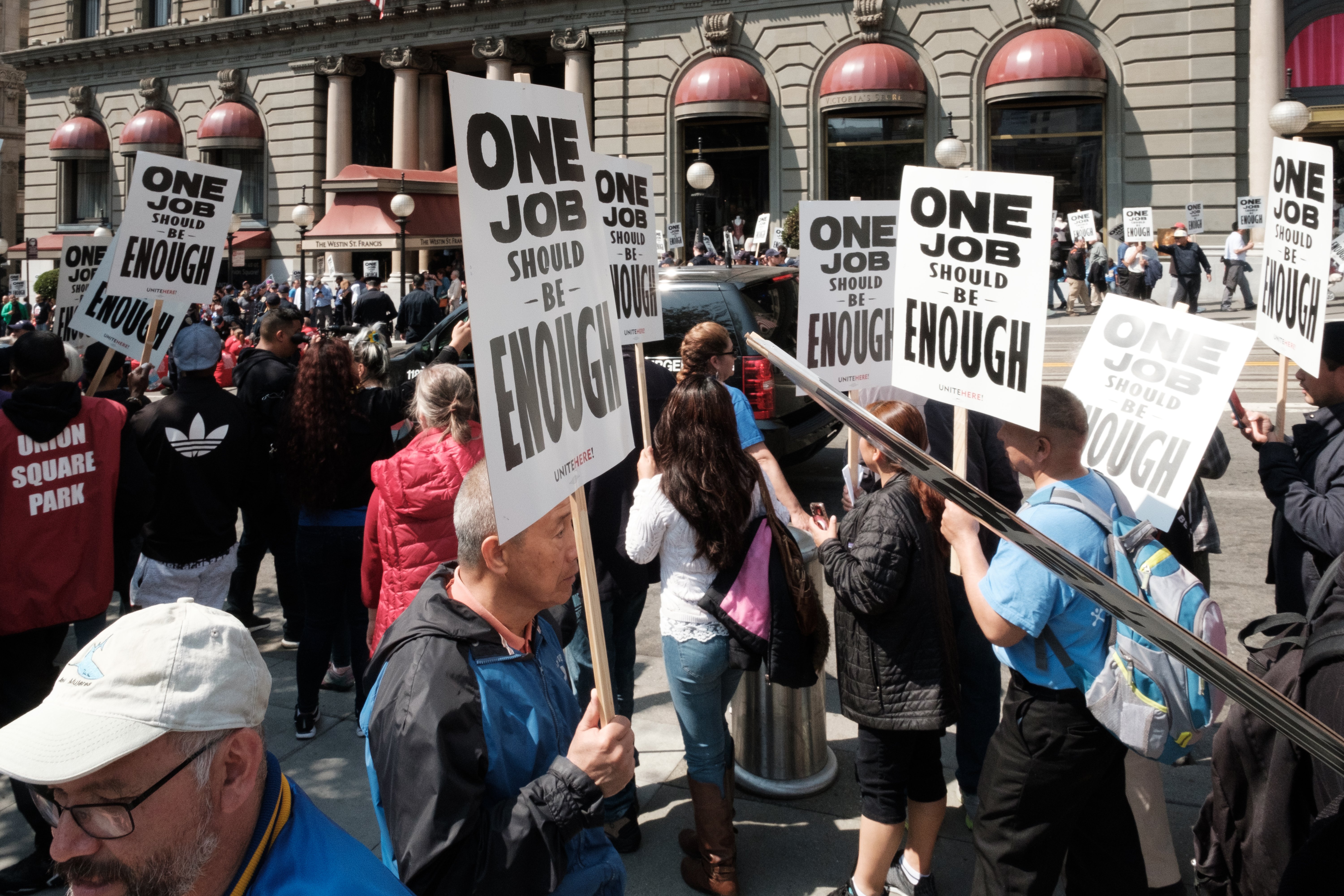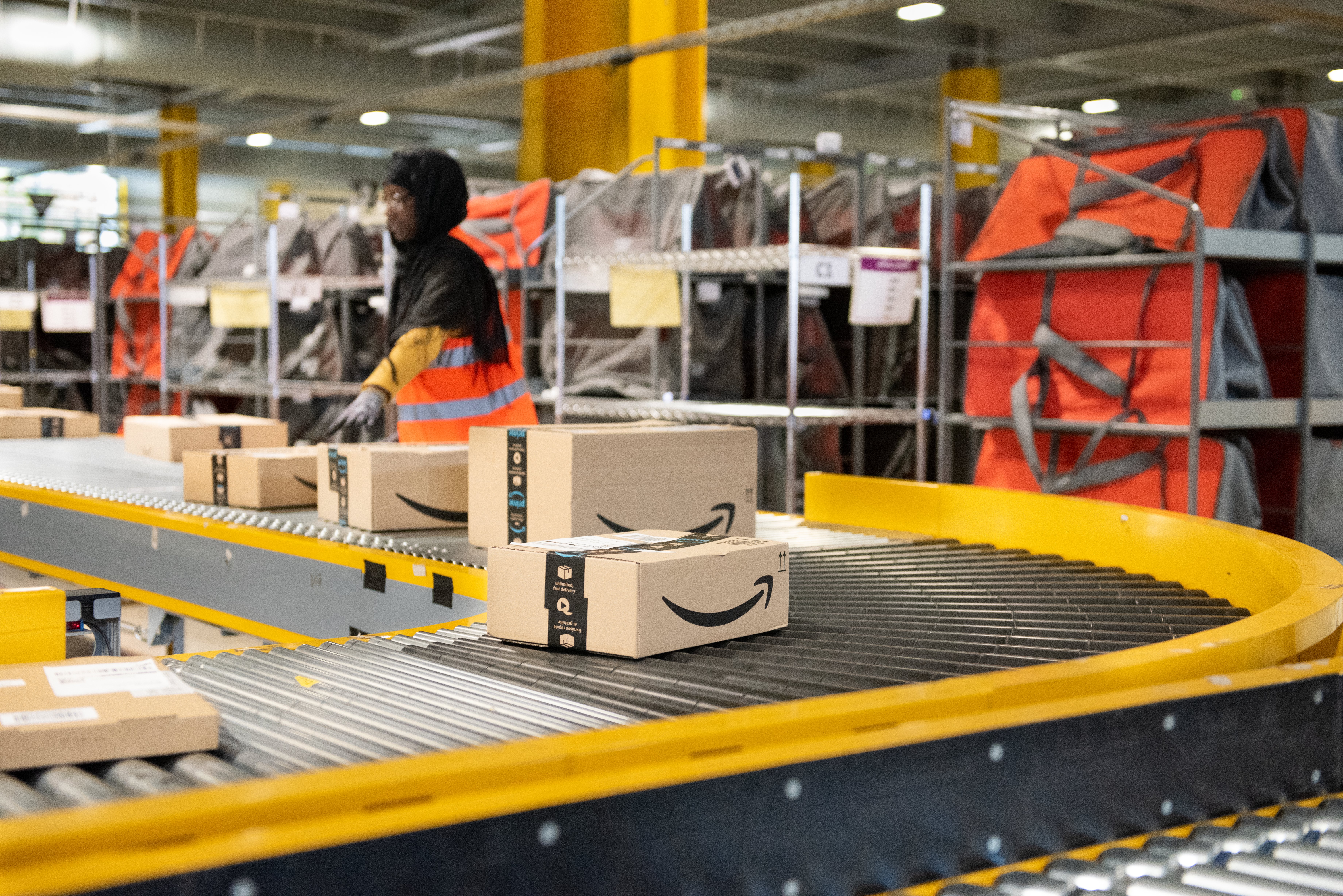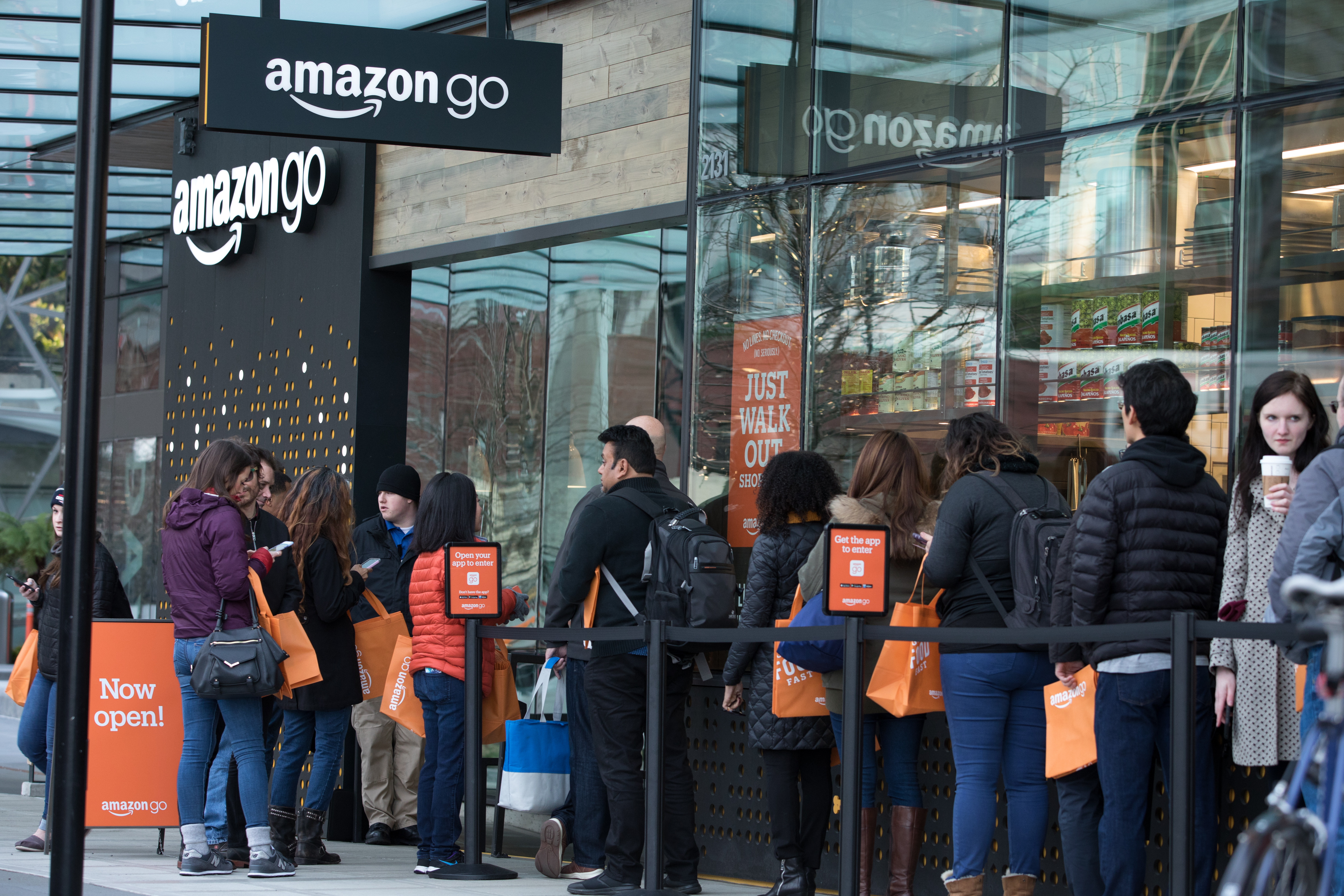Boy, I bet PBS’s Frontline sure is cheesed off that within weeks of releasing its three-hour Amazon documentary, the retailer went and opened a cashierless grocery store, Amazon Go Grocery.
So, yeah, that happened and by now, dear readers, you’ve already read plenty about how it works, what business writers and customers think about it, and how the grocery industry is poised to respond. Sure we still have questions (for example, how will they stop me from drinking a Perrier in the store and leaving it on the ground before I checkout?) and we are also in awe of its under-reported efficiencies (last minute put-backs at the checkout line area thing of the past when there are no checkout lines) but these topics are far more practical in nature.
Instead, we are putting in the grocery industry market research to better understand the big-picture obstacles this store must overcome, both practically and in terms of public perception. How will Amazon surmount concerns its new grocery store inherently discriminates against the impoverished, posses a digital security risk to consumers, and stands to eliminate low skilled industry jobs, and does any of this even matter to a company worth over $3 trillion? Well, bow down to Bezos upon entry and be sure to wave at wave to the cameras (because they are always watching you), we’re going shopping for some market research insights about Amazon Go Grocery, its current obstacles, and its future path forward.
Does Amazon Go Grocery Eliminate Jobs?
The biggest criticisms of the new store concept relate to labor--the cashierless store need not employee cashiers. As our 2019 Convenience Storey Industry Study, which focused on frictionless checkout, documented, one of the main reasons consumers are suspicious of cashierless stores is the fear that such technologies will obviate human workers and lead to under and unemployment. From the era of the Luddites all the way to today, new technology has caused consternation among those likely to lose their job to it.

We are, of course, already in the throws of the next great labor battle as industrial-era workers begin to find less traditional employment opportunities and feel alienated in an increasingly digital landscape. Obviously people who work as cashiers are going to resist a cashierless store, but this is also something of a canary in the coal mine for retail workers and industrial laborers fearing the digital encroachment.
The United Food and Commercial Workers International Union, which represents grocery checkers across the country, is already sounding the alarm, using Amazon as the biggest example and symbol of future job eliminations in its political lobbying. As union president Mark Perrone so urgently put it, "The brutal truth is that Amazon is focused on one thing – eliminating as many jobs as possible. Every voter – and every candidate running for office – will be made aware that they have a choice to make: support good jobs or support Amazon’s destruction of jobs."
Sounds dire, right? It is, but there are two clear ways Amazon will overcome these concerns; one will have to come from them, the other will come from society at large.
First, Amazon already understands that it has to reframe the conversation from one about lost cashier jobs to one about added jobs writ large. It is true that Amazon will be reducing if not eliminating its cashier force, but it is also true that for every cashier job lost, they are adding many, many more in a variety of industries. Sure, a lot of evidence suggests many of these jobs are not all that desirable in the first place, but the fact remains that Amazon has created over 500,000 jobs in the United States.
And it is all too happy to remind people of this. In a statement refuting labor concerns surrounding Amazon Go, the retailer argued, "It’s both incorrect and misleading to suggest that Amazon destroys jobs – the fact is that no other U.S.-based company has created more jobs than Amazon. In the U.S. alone, Amazon has created over 500,000 jobs for people with all types of experience, education, and skill levels. Amazon jobs – including at Go stores – come with great compensation and benefits, including our $15 minimum wage that is more than twice the national minimum wage.”
Acknowledge the elimination of cashiers in passing, quickly move on to other employment topics--the playbook is rather simple, and Amazon continues to follow it. Their Go Grocery page includes a FAQ with the following answer: “Our great team of associates are an important part of the experience at Amazon Go Grocery. You’ll see our associates greeting shoppers at the door, restocking shelves and the fresh produce area, answering questions, and making product recommendations. We’ve simply shifted how our associates spend their time so they can help deliver a great experience for shoppers.”
Does it Matter if Amazon Go Grocery Eliminates Cashier Jobs?
This isn’t marketing and PR double talk, everything they are saying about jobs is true. That truth, however, doesn’t change reality on the ground for people wondering about their future. Yet it appears that culture and society writ large will do a lot of heavy lifting to address these concerns as well.
Leading business publications like Forbes as well as international periodicals like the Korea Times have already started to lead the charge, writing editorials, columns, and think pieces that are respectful of workers fearing job loss but also firm in their belief that this transition from industrial to digital is a) inevitable, b) profitable, and c) sure to produce new low-wage jobs for unskilled workers.
Not to be glib--this is a serious topic with real consequences to people’s livelihoods and self-perceptions--but it is nonetheless likely our grandchildren will hear stories of cashiers and think how positively provincial and primitive we were, and at that point, nobody will be talking about lost cashier jobs.
Does Amazon Go Grocery Discriminate Against Impoverished People?

Beyond labor concerns, consumers’ rights activists have already observed that frictionless checkout systems inherently discriminate against the working class and the impoverished. Like Amazon’s c-store, Amazon Go, the frictionless technology requires customers to scan their phone with the Amazon Go app open and already linked to a credit or debit card. Setting credit cards or bank accounts as a qualification for entry obviously excludes people without the means to secure either, but who need to shop for groceries nonetheless.
Amazon has accounted for this and claims that any consumer without the proper payment system can ask an employee to let them in the turnstile and pay cash. This is stigmatizing and there is no way around it--you are basically announcing that shopper has bad credit when you manually let them into the store--and, as these types of payment systems become more popular this topic will follow their implementation.
Is Amazon Go Grocery A Digital Security Risk?
Amazon Go Grocery and other cashierless stores like it also bring up questions about digital security. Here’s the short of it: in order to make all this work, there are a lot of cameras in place and shoppers are always being watched by at least one of them. Beyond cameras, there are microphones to analyze conversations and reams of digital data about consumers’ shopping habits, all of which is stored in Amazon’s database to be analyzed for future efficiencies and strategies.
As more retailers implement this technology, more and more consumer data, including video and audio recordings, will be stored in cloud servers around the globe. For hackers, this will be far too inviting a prize to resist.
Indeed, according to Bluefin’s chief strategy officer, “This means that hackers will have more network access to this data through vulnerable providers and merchants.”
For some shoppers, this is already a turnoff and not just in the United states. One shopper in Korea who recently experienced his first cashierless store cogently voiced these concerns:
"Think about it. Cameras watching you everywhere, anytime. This AI program will first be adopted to convenience stores, then to restaurants and clothing shops. It is only a matter of time until they all connect to put you under surveillance. I like the idea of automatic payment systems and convenient service but I would rather wait five minutes in the queue than have over 30 cameras analyzing my behavior."

Customers concerned with day-to-day privacy and avoiding data breaches will find these stores disconcerting, but, as the industry develops, so too will its security protocols. Because Amazon will no doubt run this data through their AWS platform, they are in the unique position of controlling their own data security. So long as their security capabilities develop in tandem with the increasing risk of data breaches, this will likely be a non story. But it only takes one and, oh my goodness, could you imagine the ramifications if Amazon Go Grocery gets hacked, especially while in its infancy?
Does Amazon Go Grocery Have to Be Profitable?
Amazon will no doubt push through these prevailing concerns and can afford to do so with some hiccups along the way. For the grocery industry, that’s the scariest part about Amazon Go Grocery--really all Amazon is looking for is to break even at this point, and honestly they could probably even tolerate losses. That’s because every other part of Amazon’s empire--particularly the most profitable like Amazon Web Services and Prime membership fees--can fill in the profit gaps for the time being while Amazon gobbles up market share.
Considering they already have insane bargaining power with manufacturers based on their sheer size, and the fact that they will willingly operate at a loss, we have a clear idea of how Amazon means to invade grocery despite these worries: the user experience of frictionless checkout is nice, sure, but Amazon will win or lose on price. Only a couple weeks into their Go Grocery venture, they are already doing just that.
According to GeekWire’s analysis, the Seattle store is already undercutting its local neighbors, namely QFC, by roughly 5%; that number climbs up to 25% when not using the QFC rewards card. And that leads us to another reason grocers should be frightened: Amazon is doing all of this without any kind of rewards program. But that won’t last too long, they are no doubt cooking up Prime-exclusive discounts that will drive these prices even lower for the company’s most dedicated customers. This is a loaded gun that Amazon can fire anytime it chooses.
So, while there are some unanswered questions, concerns, and points of clarification, one thing remains clear: Amazon has taken another step in its grocery conquest. It will reverberate through the industry, propel innovation, and ultimately serve as merely one small part of its omnichannel grocery offering.
Now, go watch that Frontline documentary!


